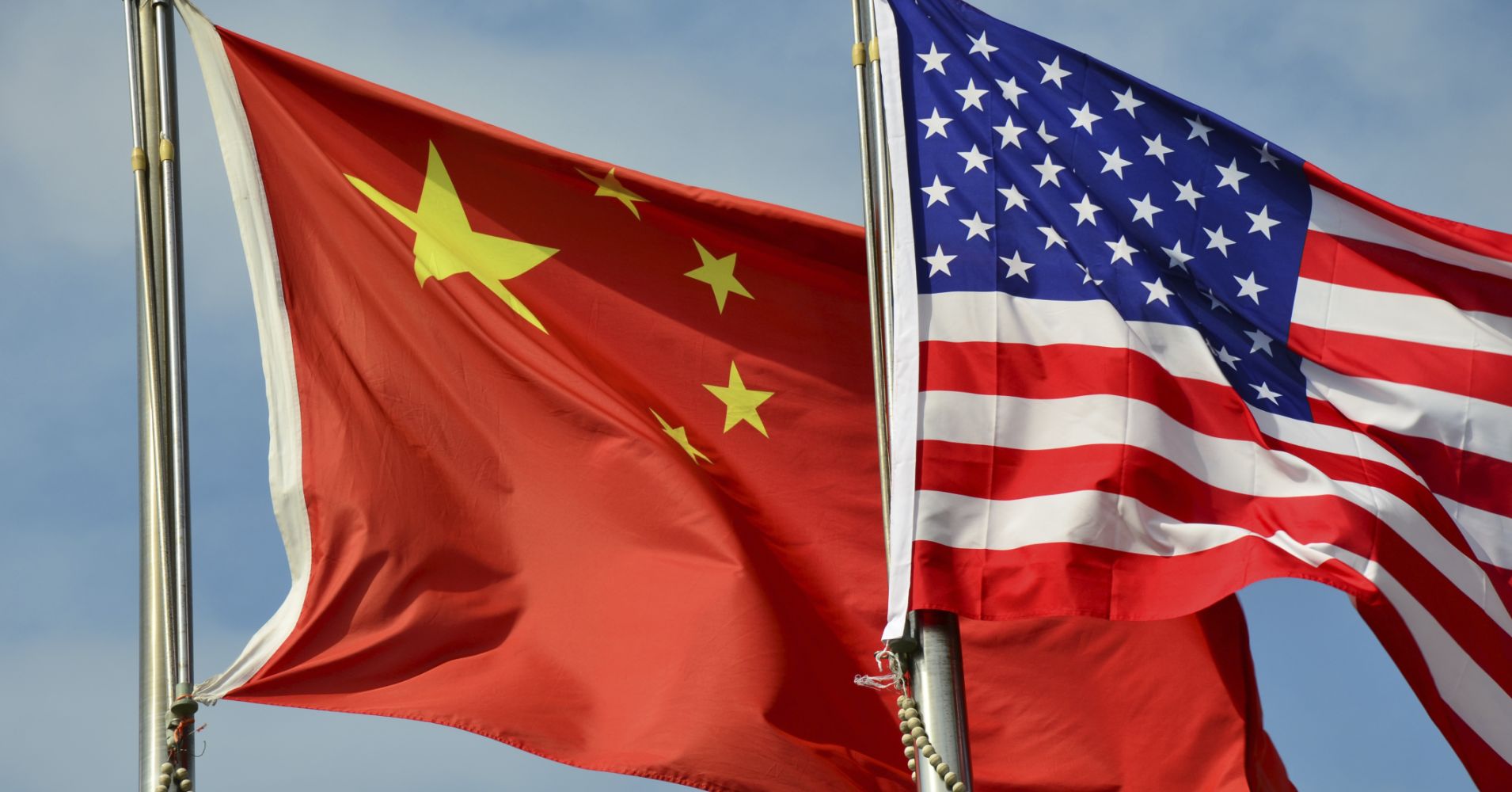
Investors and world leaders alike will be glued to the upcoming meeting between U.S. President Donald Trump and Chinese President Xi Jinping in Argentina, hoping for clues to what’s next.
“One gets the sense that he’s (Trump) going to be a bit tougher with China” compared with Mexico and Canada, said Paul Gruenwald, chief economist at S&P Global Ratings. The G-20 meeting of the world’s developed economies takes place in Buenos Aires from Nov. 30 to Dec. 1.
Trump criticized Mexico and Canada for months, claiming they took advantage of U.S. companies through trade, but the three countries reached a new trilateral deal at the end of September to replace the North American Free Trade Agreement.
The approach to China has been different. Trump has repeatedly attacked the country for stealing intellectual property, creating barriers to American companies that try to operate in China, and for the massive trade imbalance between the two countries.
Differences between the world’s two biggest economies were on full display at the Asia-Pacific Economic Cooperation (APEC) summit over the weekend, resulting in the group’s failure to agree on a joint communique for the first time in its history.
Gruenwald said he’s not surprised there were no new developments between the U.S. and China at the APEC summit in Papua New Guinea. He called the G-20 “a better forum” to discuss such issues.
“I really think the big action’s going to be in Argentina in a couple of weeks, so let’s see what happens,” he told CNBC’s “Squawk Box” on Monday, adding that “no one really knows” what will come out of the meeting.
In Buenos Aires, the two presidents are expected to meet each other with trade high on their agenda. Tensions between the two countries have dominated economic headlines this year, with both sides imposing tit-for-tat tariffs on each other’s products.
The trade fight has resulted in the International Monetary Fund downgrading its global growth outlook for this year and next. American banking group Citi said some of its biggest clients have made plans to shift elements of their supply chains to circumvent those additional tariffs, because they expect negotiations between the U.S. and China to last more than a year.
Worries that U.S.-China tensions could impede growth have also rattled global markets. Hannah Anderson, global market strategist at J.P. Morgan Asset Management, advises investors to prepare for the rift between the two economic giants to drag on.
“I’m not particularly optimistic about a walk-back in trade tensions in the next six months,” Anderson told CNBC’s “Squawk Box” on Monday.
“If there is an agreement or if there are some positive headlines out of G-20, it’s much more likely that it’s an effort to cool tensions and a symbolic statement of intent, rather than actual substantive change in resolving the trade tensions between the two countries,” she said.

